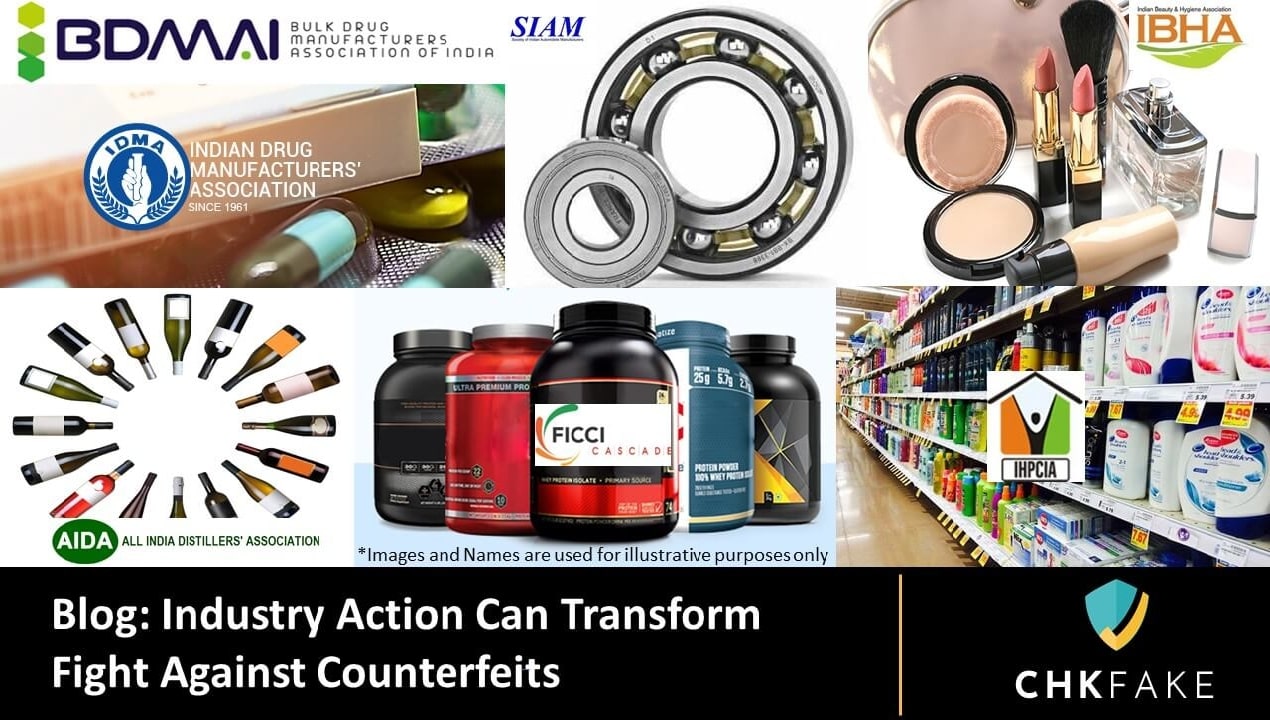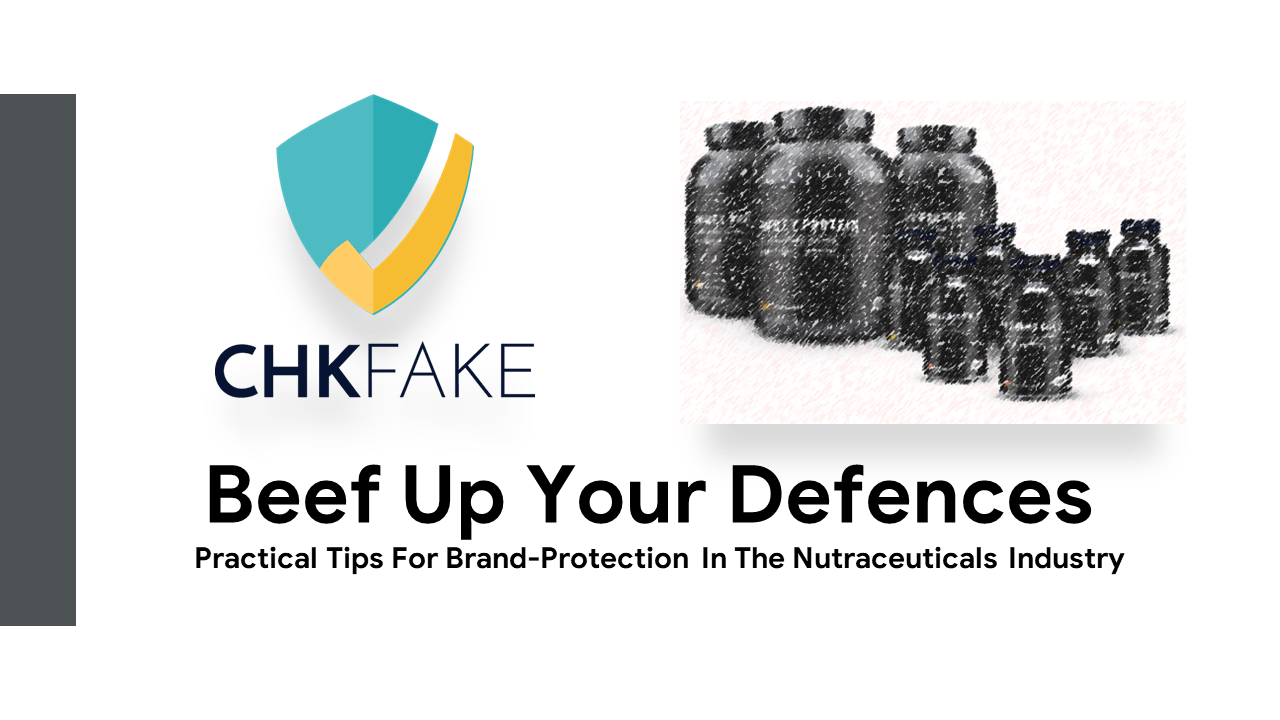This is a 2-part series. Part 1 focused on the current practices of anti-counterfeiting in the FMCG industry. In this article, Part 2 will cover how FMCG brand owners can bring strength to their anti-counterfeiting program in an environment of stressed supply chains, social distancing, and changing customer behaviors.
Based on our experience of working with FMCG brands and industry associations, here is our list of top 9 things that FMCG brand owners should follow to make their brand protection/ anti-counterfeiting program a success and protect their customers from counterfeits.
1.Stronger and multi-layered anti-counterfeiting technology
With the advancement in technology, counterfeiters catch-up pretty fast on any security technology. There is not a single “silver bullet” that can be applied across the board for all products. A multi-layered approach (as used in currency) usually is the most effective long term.

Cargill uses a combination of 3D hologram and a batch code to scan the authenticity of the pack.Image Source
2.Facilitate verification
Facilitate easy verification of genuine products by deploying the latest in authentication technology. Chkfake is a state-of-the-art authentication and reporting platform on which brands can list their products.

3.Educating customers on the risks of buying fakes
While a lot of customers buy fakes ignorantly but there are a lot of customers who buy these fakes knowingly. Brands should educate their customers not only on the health and safety risks of buying counterfeits but also on the risk and loss it causes to the society well-being, employment, tax collections, promoting illicit trade, and the image of the country. If customers are well-educated on the risk, they can be your first line of defence against counterfeits.

Image Source
4.Leverage Industry-associations
Industry Association can initiate collective action in terms of three pillars of an effective brand protection strategy – the right anti-counterfeiting technology, freedom to engage customers on how to verify genuine, and deterrent enforcement action. With this approach, associations can truly fulfil their prime directive of driving the overall growth and well-being of their industry. They should also leverage their position of strength to guide and influence policymaking.
5.Leverage media presence
Successful brands should utilize their vast media presence and marketing budgets for brand recall and counter fakes on the way.
A brilliant example of such a campaign is #HarPaaniKiBottleBisleriNahin. Bisleri’s marketing strategy involved broadcasting commercials to strengthen brand recall. And they have used multiple platforms like OTT space, events sponsorships, digital, etc. to share the brand-protection message. To tackle the issues of fakes on the ground, Bisleri introduced dual language labels across the country, and across multiple pack sizes.

Image Source
6.Online Counterfeits
Invest in tools that help brand leaders identify fake listings and websites. Partner with e-commerce platforms to ensure that they remove listings from suppliers who are trying to push counterfeits and look-alike.
7.Combat Smuggling
Smuggling from a low tax base country harms the local industry, undermines legal imports and adversely impacts revenues to the government. Brand owners should use the industry associations to influence government towards rationalizing tariff structures, incentives to strengthen domestic manufacturing, and stronger enforcement actions. They should work with customs to help them build capacity and capability by introducing technology innovations to verify genuine products.
8.Combating Lookalike
Lookalike cause as much damage to the brand as the fakes. This is because of the low level of education and their reliance on visual aspects of associating a brand with certain colors, images etc specifically in the rural and semi-urban markets. Brand owners should educate the customers and help them differentiate lookalike from the genuine. Strict enforcement actions can also act as a deterrence to look alike operators.
9.Building Emotional Connect
Brands that have built an emotional connection with their customers enjoy their loyalty and they are unlikely to jump ship to a cheaper alternative from a counterfeiter.

www.lego.com
A great example is where fans of Lego play a big role in combating fakes. One way they are probably very unique as a company is that they have a global network of fans of theirs, of our product. They call them “Adult Fans of Lego” or AFOLs and they are Lego’s eyes and ears in reporting fakes in the market.
While the above list serves as a practical design to execute a holistic brand-protection program, only picking 1-2 items will not serve the purpose. The brands will have to work on all the tips to create a successful brand-protection program. Depending on their environment, they can prioritize the low hanging fruits but eventually should create a holistic program encompassing the use of technology, customer education & advocacy, ease of verification, and partnering with law enforcement agencies.
If you liked what you read, please do share in your network. You can follow my articles on LinkedIn and Twitter, or subscribe to My blog.
_________________________________
Tanmay Jaswal is the Founder of Chkfake, a start-up that is disrupting the anti-counterfeiting industry by creating an eco-system of all stakeholders to join the fight against fakes together. The Chkfake mobile app allows users to verify genuineness of any product irrespective of category or brand.
Tanmay has 26 years of global experience in business leadership, marketing and strategy in companies like Coca-Cola and Shell and is an acknowledged authority on brand protection. He has headed the brand protection function for Shell globally and has extensive experience in this space over the last 8 years.






0 Comments